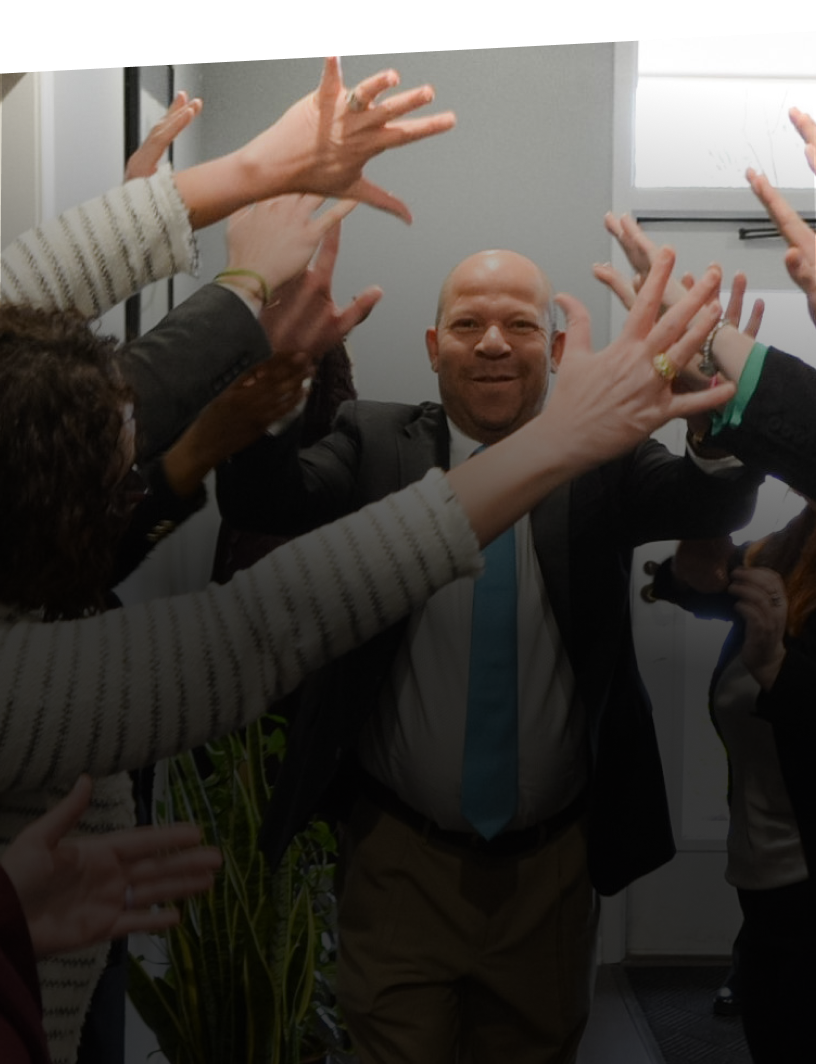
Lawsuits involving personal injuries, particularly those involving child sexual assault, must adhere to the statute of limitations. A state’s statute of limitations is a deadline for legal action. Victims of clergy abuse may not realize their injuries immediately, but the sooner you can file a claim, the better your chance of proving liability and receiving fair compensation.
Sadly, there are situations when deadlines imposed by the law hinder victims of clergy abuse from receiving justice. Because the deadline passes before they are prepared or able to report their abuse, survivors may lose their chance to pursue legal action. A solution to this would be to postpone the statute of limitations or extend the deadline, which some states do.
To ensure that you are within the time allotted to pursue legal action, it is best to seek the legal knowledge of a clergy abuse attorney near you. Until you are able to speak with a sexual abuse lawyer, read to learn if there is a statute of limitations regarding clergy abuse in your state and what you can do to strengthen your injury claim.
How Do Courts Define “Clergy Abuse”?
Before delving into the statute of limitations for clergy abuse, it is important to know what the courts define as “clerical abuse.” Clergy abuse is demonstrated through inappropriate or non-consenting behavior such as:
- Physical abuse
- Sexual assault
- Spiritual abuse
- Emotional or psychological manipulation
- Financial abuse
Such abuse may manifest in many forms, such as unwanted sexual jokes, utilizing coercion to engage in sexual or non-religious activity or verbal harassment. Clergy abuse is common, and has collected over 17,000 complaints of abuse by Catholic clergy members from 1950-2019, according to the US Conference of Catholic Bishops. Seek legal help if you are a survivor.
If you or someone you know
endured clergy sex abuse,
contact White Law PLLC today.
What is the Statute of Limitations Regarding Clergy Abuse?
Victims of abuse must act promptly to file a lawsuit since each state has a different statute of limitations. The statute of limitations is a legal term that describes the window of opportunity during which you must file a lawsuit in order to pursue a specific kind of claim.
The window of opportunity to file a lawsuit is brief, usually lasting between 2 and 6 years from the date the abuse or discovery occurred. After that time has passed, the victim might no longer be able to file a lawsuit. Some states have laws that allow people who were previously barred from suing to do so within a certain amount of time. These guidelines aren’t promised, though.
In order to protect victims’ rights and maximize their prospects of receiving justice and compensation, victims must act swiftly and retain legal counsel.
You can contact our clergy sex abuse
lawyers today and rest easier with
experienced attorneys tackling your case.
The Benefits and Drawbacks of a Legal Deadline for Clergy Abuse Cases
When a claim is made, the statute of limitations often serves to protect both parties. It serves as a safeguard to prevent the pursuit of frivolous claims and to keep valid claims current with fresh evidence to support liability claims.
The benefit of these legal deadlines is that they promote fairness, preserve circumstantial evidence, and may ensure a timely legal process. However, victims who hesitate to come forward or are unsure about how to report abuse could end up experiencing the drawback of losing their right to pursue legal action.
There are emotional and psychological effects that clergy abuse has on its victims, so it is understood by the courts that seeking justice may take longer than the allotted time frame.
Are There Exceptions to the Statute of Limitations for Clergy Abuse?
The clergy abuse statute of limitations places a deadline on when a victim of abuse can file a lawsuit, which can be a roadblock to legal action in cases of abuse. Certain states have passed lookback windows and discovery laws to assist victims in pursuing legal action after the statute of limitations has expired.
It is possible for abuse victims to launch a case even after the statute of limitations has passed during a lookback window. State-to-state variations in this window’s length are possible, but it typically lasts one to three years. Lookback window states include:
- New York
- New Jersey
- California
- Arizona
- Montana
- Hawaii
- Vermont
- North Carolina
- District of Columbia
On the other hand, the discovery rule moves the start date of the statute of limitations back to the time the victim learns of the abuse, not the time it actually happened. This gives victims who may not have noticed the abuse or its effects right away the opportunity to pursue legal action. Discovery rule states consist of:
- Alabama
- Rhode Island
- Connecticut
- Tennessee
- Texas
- Michigan
- Pennsylvania
Remember, the specifics of lookback windows and discovery laws might change depending on the state (as both Michigan and New York have) and the kind of abuse involved. Speaking with a skilled lawyer is advisable to learn about your alternatives in your particular case.
How Clergy Abuse Survivors Can Determine if They Can Still Seek Legal Action
A victim of clergy abuse should speak with a sex abuse attorney who can evaluate the details of their case and advise them on their legal alternatives. Attorneys can immediately inform you of your clergy abuse case’s statute of limitations deadline. A lawyer can also assist the victim in negotiating the complex legal system and fighting for the fair treatment and compensation they are entitled to.
You have the right to reach out to
a clergy sex abuse attorney and
discuss your right to legal action.



